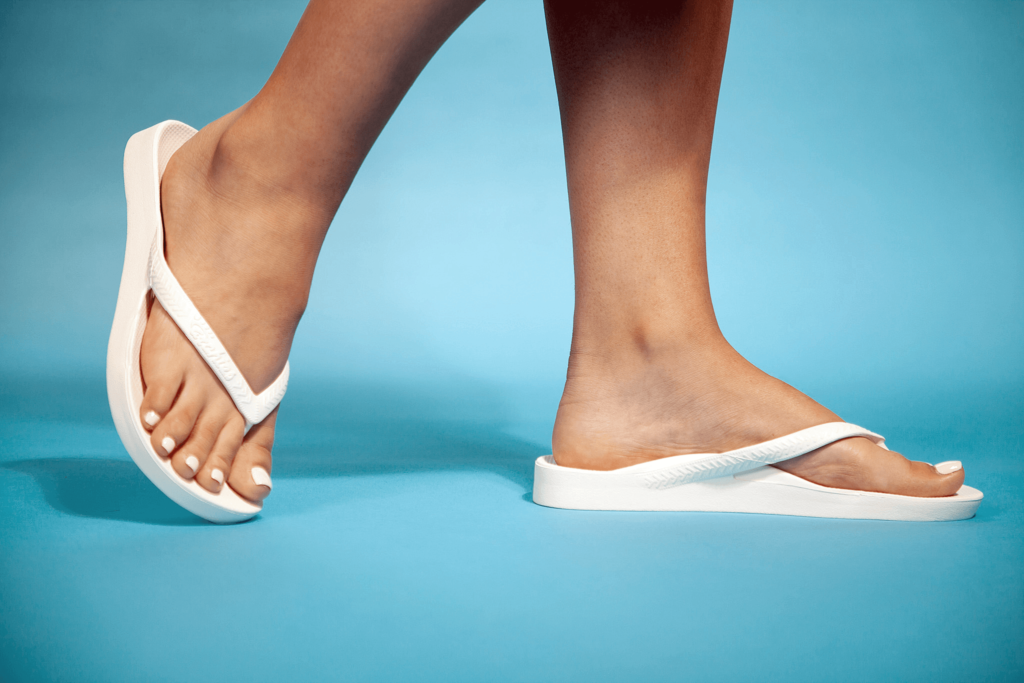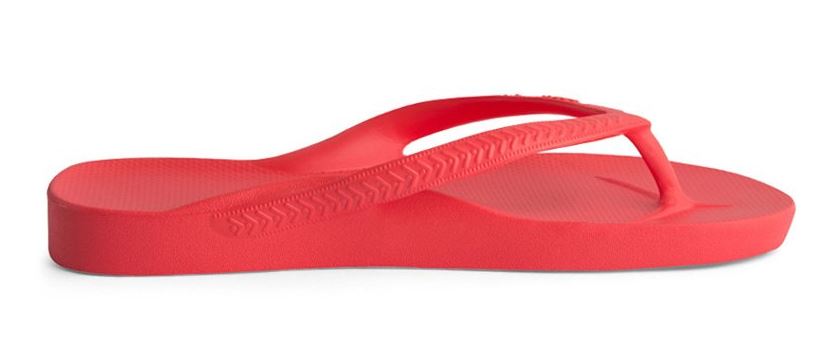Toning shoes emerged as a trend that captured the attention of consumers seeking an efficient and effortless path to better health and toning of the muscles. Promising to enhance muscle activation and provide a workout while walking, these shoes gained widespread popularity during the late 2000s and early 2010s. However, their efficacy and claims have been met with both enthusiasm and skepticism. This essay delves into the concept of toning shoes, their proposed benefits, scientific evaluation, and the larger implications they carry in the realm of fitness and consumer behavior.
The Promise of Toning Shoes:
Toning shoes, often characterized by their thick and curved soles, were marketed as footwear that could engage and strengthen muscles to a higher degree compared to regular shoes. The central claim behind these shoes was that they could simulate the effects of unstable surfaces, such as sand or uneven terrain, thereby causing the wearer’s muscles to engage more actively to maintain balance and stability. Manufacturers asserted that these shoes could potentially lead to increased muscle tone, improved posture, and enhanced calorie burning, all achieved simply by going about one’s daily routine while wearing them.
Scientific Scrutiny and Skepticism:
The allure of toning shoes was undeniable. The idea of burning calories and toning muscles without dedicating additional time to exercise was an attractive proposition for many. However, scientific investigations into the efficacy of these shoes raised substantial doubts about their claims. Several independent studies found that the benefits promised by toning shoes were often exaggerated or unsupported by empirical evidence. Some researchers concluded that while wearing toning shoes might indeed alter gait patterns and muscle activation, the differences were generally modest and not significantly different from what would be experienced while wearing conventional athletic shoes.
Moreover, claims about the calorie-burning potential of toning shoes were debunked as overly optimistic. The incremental increase in energy expenditure associated with wearing these shoes was minimal and unlikely to result in significant weight loss or muscle development. Additionally, concerns were raised about the potential for injury due to the altered gait caused by the unique design of toning shoes, which could lead to strains or imbalances in certain muscle groups.
Consumer Behavior and Marketing Influence:
The success of toning shoes was largely attributed to aggressive marketing campaigns that capitalized on consumers’ desires for easy and quick fitness solutions. Advertisements often featured endorsements by celebrities and fitness personalities, further lending credibility to the purported benefits of these shoes. The concept of “fitness while you walk” resonated with individuals who had busy lifestyles or were hesitant to engage in traditional exercise routines.
However, the controversy surrounding toning shoes highlighted the importance of critical thinking when evaluating health and fitness products. Consumers were reminded that marketing claims should be scrutinized against credible scientific research, and decisions should be made based on evidence rather than trends or hype.
The Legacy of Toning Shoes:
While the craze surrounding toning shoes eventually subsided, their legacy endures as a cautionary tale of the power of marketing and the allure of quick-fix solutions in the fitness industry. The phenomenon prompted a broader conversation about the importance of evidence-based decision-making and a deeper understanding of the complex interactions between human physiology and exercise.
Toning shoes represent a fascinating case study of the intersection between consumer behavior, marketing tactics, and fitness trends. The promises of muscle toning and calorie burning while walking were enticing, but scientific scrutiny exposed the limitations and shortcomings of these claims. Toning shoes serve as a reminder that achieving true fitness and wellness requires a balanced approach that integrates regular exercise, proper nutrition, and evidence-based strategies rather than relying on the allure of easy solutions
Forum Discussion and Questions:
Lawsuit filed against Skechers
FTC suing Gravity Defyer footwear
Research on MBT / Toning Shoes / Unstable Shoes


